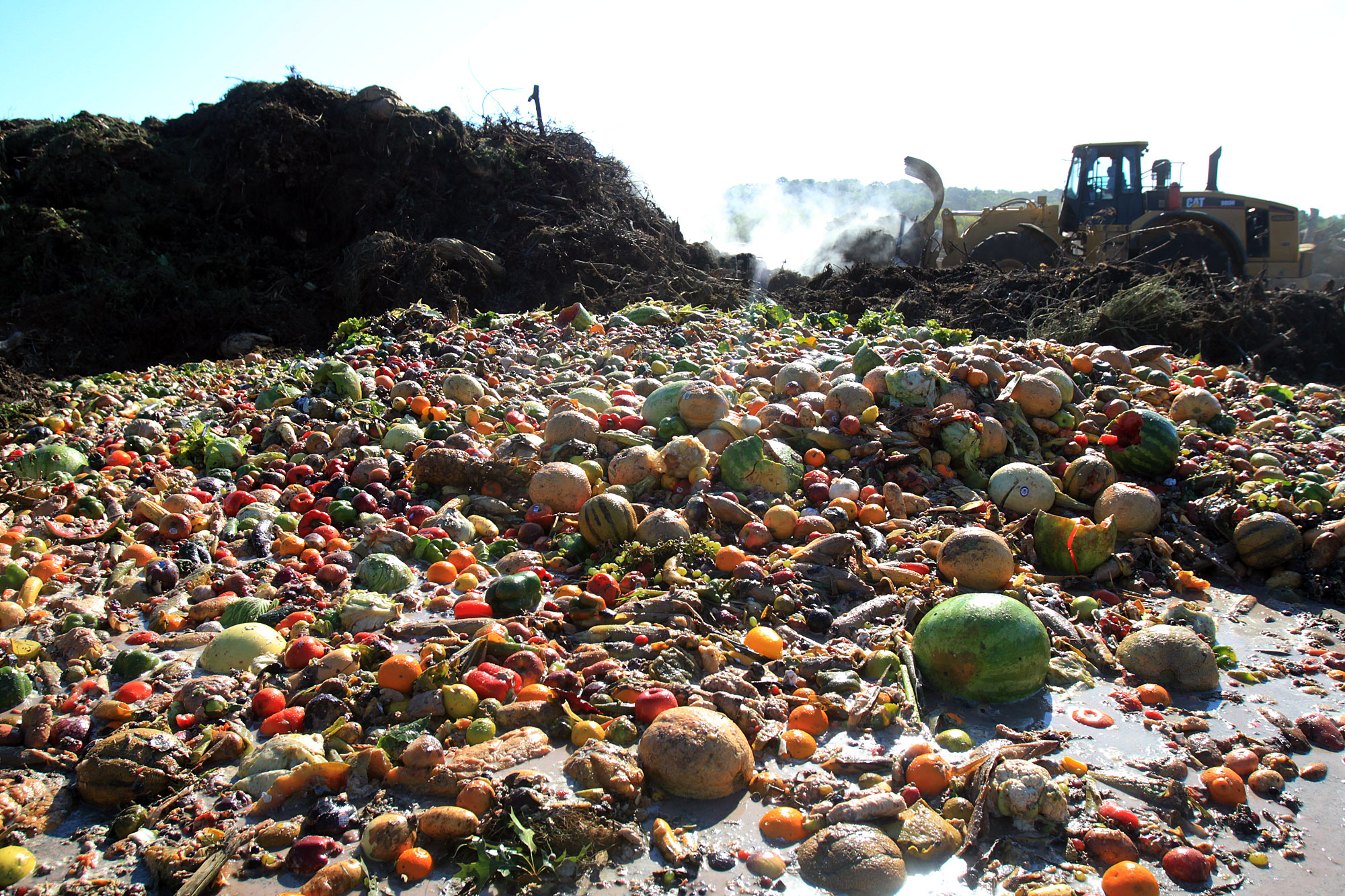Can artificial intelligence reduce food waste?
AI • Jan 25,2017

Can artificial intelligence reduce food waste?

U.S. consumers throw away almost as much food as they eat. According to a Guardian report, roughly 50 percent of all produce in the United States is thrown away—some 60 million tons (or $160 billion) worth of produce annually. Wasted food is also the single biggest occupant in American landfills, the Environmental Protection Agency has found. Can this problem be solved with machine learning and artificial intelligence?
As the earth’s population continues to grow toward nine billion people by the year 2050, we continue to place an enormous burden on our natural resources and our environment while struggling to feed a growing population. Reducing food wastage by a quarter would mean there was enough to feed all the malnourished people in the world, says the United Nations Food and Agriculture Organisation (FAO).
One solution to the problem of landfilling food waste is a diversion: disposing of the waste onsite and avoiding the landfill entirely. Aerobic digestion is one such diversion technology. Aerobic digestion uses microorganisms and oxygen to naturally break down food waste into a grey water that can be safely discharged into the sewer system. Not only is this technology clean and green, but it is also economically compelling; the costs of paying haulers to take away food waste can be substantial.
One example of an aerobic digestion machine is the Eco-Safe Digester, an onsite aerobic digestion machine that can be deployed in any kitchen, warehouse, food production area, or waste processing area. Waste management is an industry primed for increased automation and artificial intelligence. In October 2016 BioHiTech Global introduced BioHiTech Alto, an interactive communication technology, or chatbot, which allows users to intelligently communicate with industrial equipment in real time, which makes it first intelligent chatbot in the waste industry.
Machine learning can be used to predict food waste, and furthermore model and predict means of reducing food waste which have little impact on profit or even increase profit. Japan is experimenting with possibilities to use open data to reduce food waste. Trimming food waste is not only important to the environment and the economy but also to retail companies which can increase their margins by big portions. Japan imports around 60 percent of its food supply and 17-23 million tons a year is wasted! The Ministry of Economy, Trade and Industry is aiming at cutting this waste by 30-40% by using open weather data and enabling manufacturers and distributors to share demand projections.
Also, the Japan Weather Association (JWA), the country’s first privately run meteorology company, has begun investigating how artificial intelligence can fight food waste as one of 21 global projects it’s currently running. By incorporating weather information, sales data and other contributing factors into one (hugely) complex algorithm, the organisation believes it can pinpoint demand and help companies to reduce the amount of wasted food caused by inaccurate forecasts. The system is even able to scan social media to analyse shopping habits, says the JWA, leaving it able to make predictions on – for example – what women in their 30s are most likely to buy on rainy days.
Pittsburgh-based startup 412 Food Rescue is taking a bite out of food waste and urban hunger with a new app that mobilizes volunteers to retrieve surplus food that would otherwise go to waste. Food Rescue Hero app connects hundreds of volunteers with food donations and directs them to delivery sites at local pantries, shelters and charities. The app employs machine-learning algorithms to efficiently match available food to a beneficiary organization’s particular needs.
The organization rescues fresh food that cannot be sold by stores because it may be approaching the sell-by date, is misshapen produce, mislabeled or can’t be relabeled; 412 Food Rescue also supports LOAF, which makes beer from wasted bread.
Kitchen management and grocery list app, EatBy App, now uses artificial intelligence to reduce domestic food waste. App automatically suggests how long fruit, vegetables, and frozen items will stay fresh, and then reminds users to finish these items off before they go bad. But the clever bit, according to the developers, is that the app learns the storage habits of individual users.
Despite many supermarkets and grocery stores going to great lengths to reduce their food waste, domestic food waste is now the biggest contributor to the global food waste problem. EatBy’s app developers still believe that the key to changing this trend lies in the hands of each household, and stresses the importance of everyone reviewing their grocery shopping and food consumption habits.
Food waste is a big and growing problem, and growers, distributors, restaurants, supermarkets and householders all bear some responsibility. Innovative technologies, such as machine learning and artificial intelligence are cost-effective for small and medium scale enterprises and small agri-businesses for reducing food waste. AI is already helping manufacturers tackle waste. Technological advancements can help to create the world without waste, dustbins and landfills.
Author: AI.Business
If you like our articles, please subscribe to our monthly newsletter:
[mc4wp_form id=”763″]